Uncategorized
With more variable generation resources, wind and solar, on the system, the need for more variable load will also increase. It is all about balancing supply and demand. It has been the case since the start of the electric grids. So far, the balancing has largely been achieved by making generation flexible and respond to load. Going forward, this paradigm will need to change by also making the load flexible.
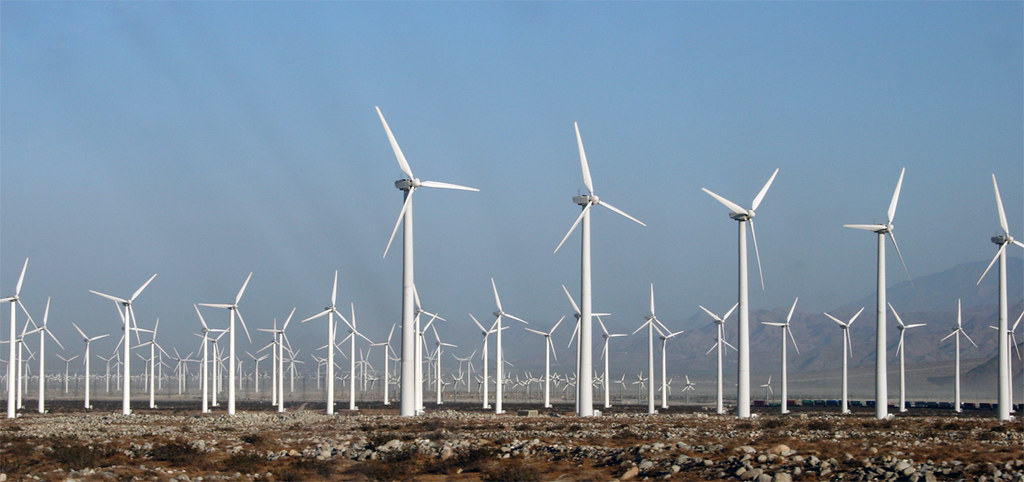
“Wind generators” by BiggerPictureImages.com is licensed under CC BY-NC-ND 2.0
CONTINUE READING >>
Svante Arrhenius, the Swedish scientist, and Nobel Prize laureate was the first (1896) to develop a theory and calculate how increases of carbon dioxide (CO₂) in the atmosphere will increase the Earth’s surface temperature. He also concluded that anthropogenic (human caused) CO₂ emissions, even though much smaller than natural forces, are large enough to contribute to the warming. He calculated that a doubling of CO₂ concentration in the atmosphere would lead to a 5°C temperature rise. However, at that time increased temperatures were regarded more positive than negative, not least reducing the risk for a new ice age.
CONTINUE READING >>
The Hydrogen Economy refers to a vision of hydrogen becoming the primary energy source. The vision of hydrogen as a primary energy source is compelling. Hydrogen can be a feedstock for chemical processes, as well as a fuel for heat, power generation and propulsion of vehicles. The hydrogen combustion is clean, no CO2 emissions, only water. Hydrogen can be stored and transported. The “only” problem is that hydrogen is not naturally available on the earth. The hydrogen must be produced!
CONTINUE READING >>
Energiewende, The German Energy Transition. In a 1954 the Atomic Energy Commission Chairman Lewis Strauss in a speech predicted that “It is not too much to expect that our children will enjoy in their homes electric energy too cheap to meter.” While later disputed whether the optimism was based on high expectations of fusion energy or on nuclear power in general, the phrase has stuck with critics of over-promises of not only nuclear energy but also of other “new technologies”.
If not “too cheap to meter” in 2004 the German Minister for Environment, Nature Conservation and Nuclear Safety, Jürgen Trittin, came close, when he (in)famously stated that the surcharge (“Umlage”) for the German Energy Transition (“Energiewende”) to renewable energy, primarily wind and solar, for a household would amount to “only around one euro per month, the price of a scoop of ice cream”.
The reality turned out differently. A German household has now (2018) some of the highest prices for electricity in Europe, 33.9 cents/kWh, including the surcharge for the energy transition. As a comparison the average retail electricity price (2018) in Europe is about 24 cents/kWh and in the United States is 13.9 cents/KWh.
CONTINUE READING >>
There is a slogan for electric transmission that it is not about how much power you generate. It is about how much you deliver. There is a lot of truth to that. It was the innovations of electric transmission well over 100 years ago that enabled the modern electric system by bringing remote generation to the load.
Today a robust transmission grid is a prerequisite to economically and reliably balance generation and load. With more variable generation resources on the system, wind and solar, transmission is again the enabler. However, regardless how strong the rational for strengthening the transmission grid may be, the opposition against building new transmission can be equally strong or stronger. At few places it is more evident than in Germany.
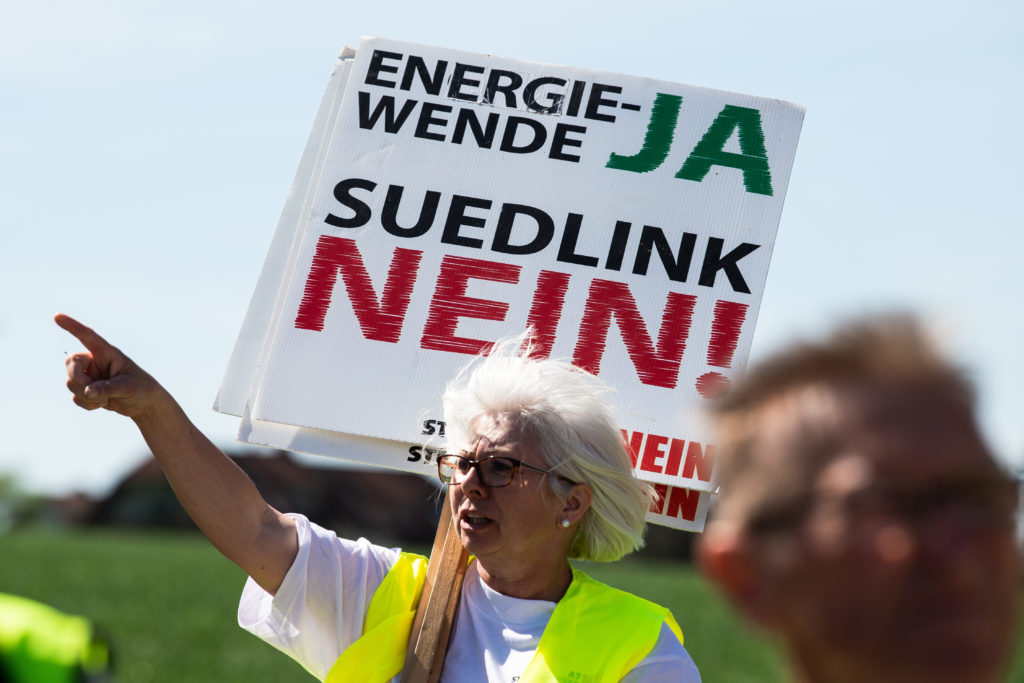
CONTINUE READING >>
Dominion Energy’s recent announcement to make all school buses in Virginia electric by 2030 is most likely the step necessary to cross the chasm from diesel school buses to EV school buses. Crossing this chasm is a big deal considering there is about 550,000 school buses in United States and Canada.
CONTINUE READING >>
More variable resources, wind and solar, will require more electric transmission. It will be needed to balance the variability over larger areas, and to bring remote generation like offshore wind to the load.
The main challenge to building more transmission lines is the difficulty to get necessary permits to build. Added to the challenges is that in the most electrically congested areas it tends to be the most difficult to take existing transmission lines out-of-service for any extended time.
CONTINUE READING >>
September 17, 1964 President Lyndon Johnson addressed the Intertie Victory Breakfast in Portland, Oregon. It was the closure of more than a decade of multi-dimensional political controversies and challenges, and the start of probably the largest electric infrastructure project in the United States after the US Government built the Bonneville and Grand Coulee dams and power stations on the Columbia River in the 30s and 40s.
The Pacific Northwest/Pacific Intertie is the transmission lines that enabled hydro power from the Columbia River to flow to California. The Intertie consists of both HVAC (High Voltage Alternating Current) and HVDC (High Voltage Direct Current) lines, which after expansions now have a combined capacity of 7,900 MW.
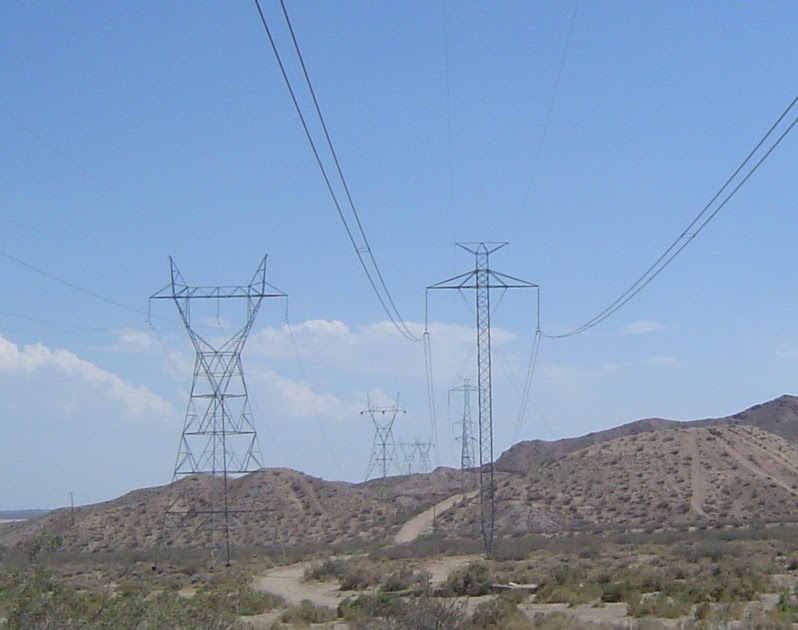
CONTINUE READING >>
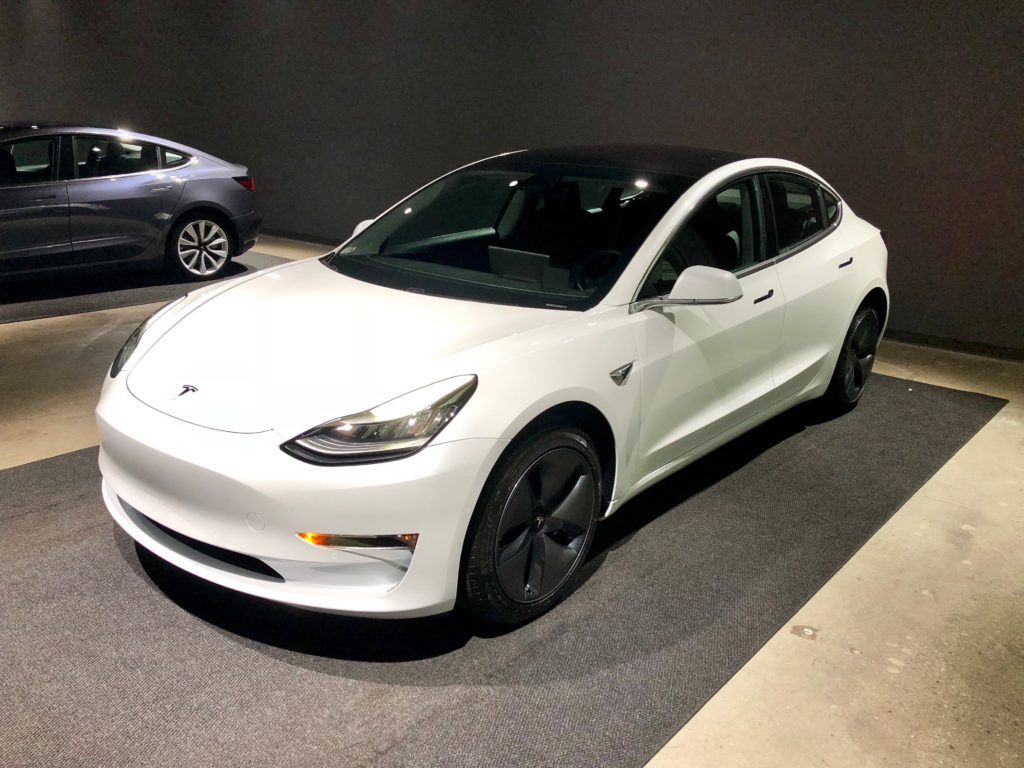
….. and the 2018 EV winner is Tesla Model 3.
All numbers are not yet reported, but all indications are that worldwide EV (both all electric and plug-in hybrid electric vehicles) sales in 2018 will be over 1,9 million. It is a 70 % growth over 2017. Impressive, but in relation to all 81 million cars sold in the world in 2018 the EVs represent about 2.4 %, which is up from 1.4 % in 2017.
China continues to be the leader with some 850,000 EVs (estimated based on the first 9 months) in 2018. EV sales in the U.S. will exceed 350,000 vehicles. It is an increase with almost 80 %. Europe saw a slower growth than the U.S., about 23 %, but still reached more EVs, an estimated 375,000 (based on the first 11 months).
CONTINUE READING >>
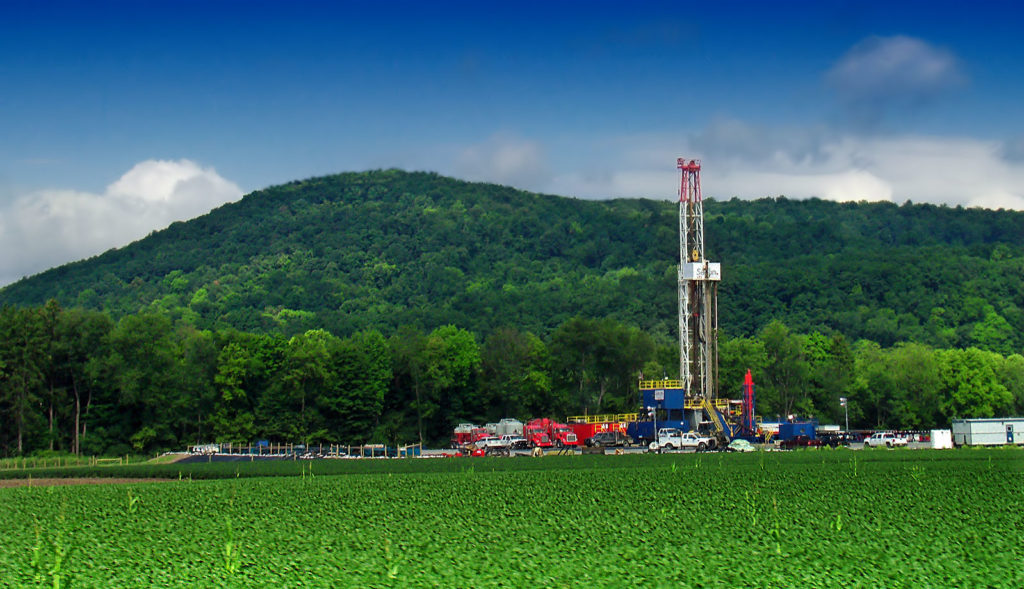
Marcellus shale gas-drilling site in Pennsylvania.
Photo: Nicholas A. Tonelli.
“Prediction is very difficult, especially if it is about the future.” Niels Bohr, the Nobel laurate in Physics, is credited with this line. It is always possible to develop a model that fits the past, but much more difficult to have the same model to correctly forecast the future.
Recent analysis by EIA (Energy Information Agency) and Lazard find that the lowest cost power generation is natural gas, wind and solar. It looks clear, going forward, what to invest in, but before doing so, there may be some lessons to be learnt from the past about making predictions.
CONTINUE READING >>